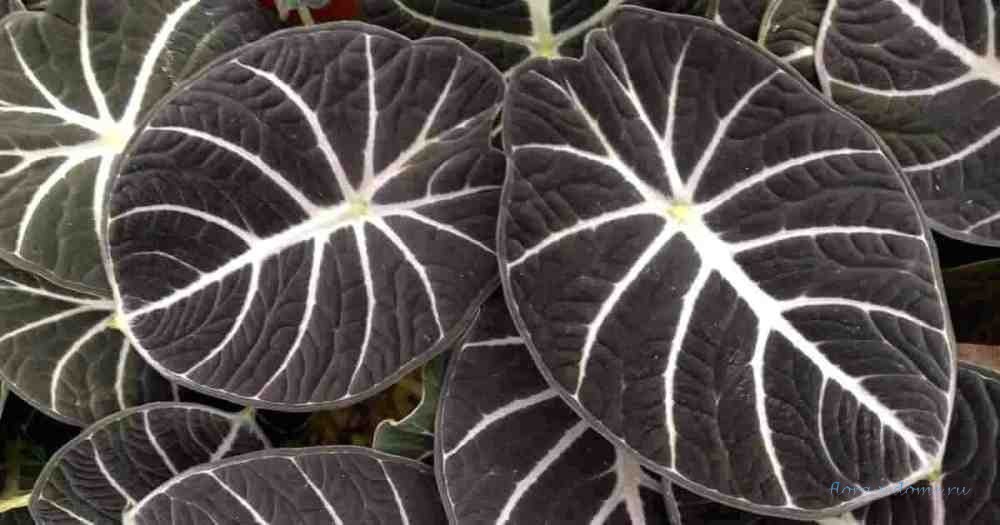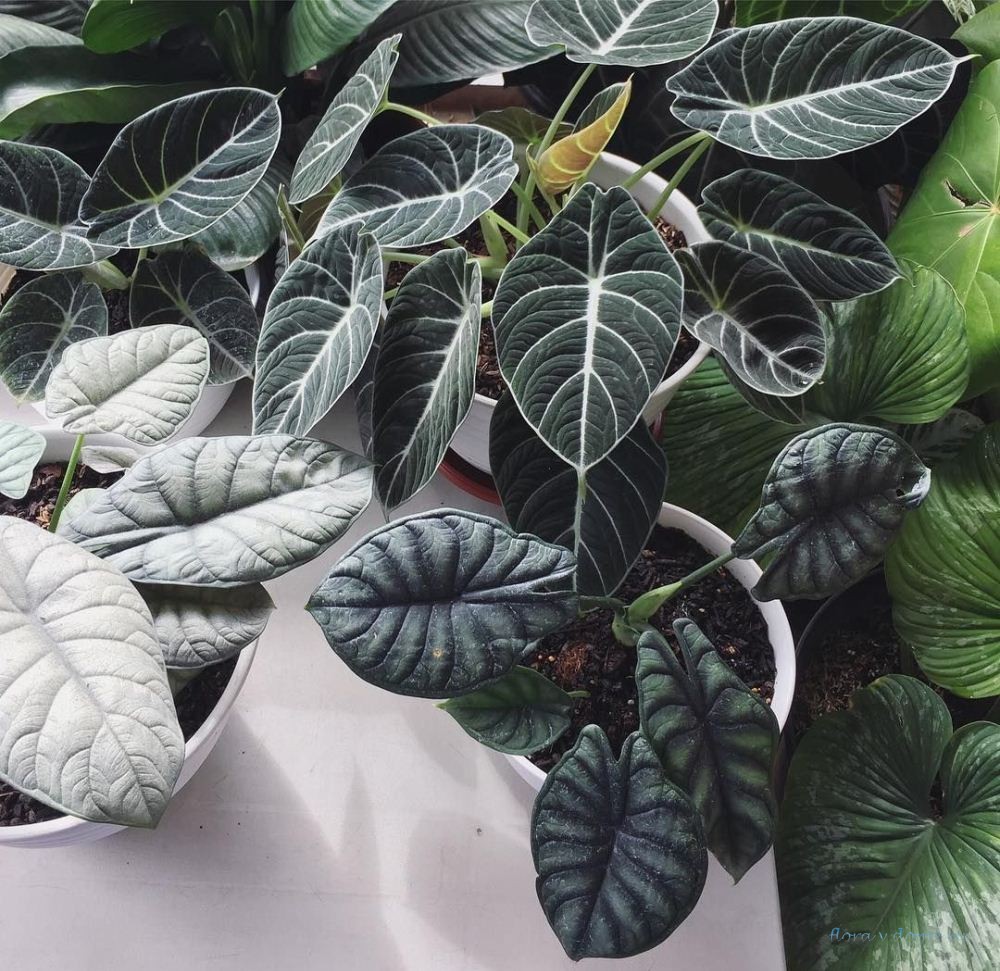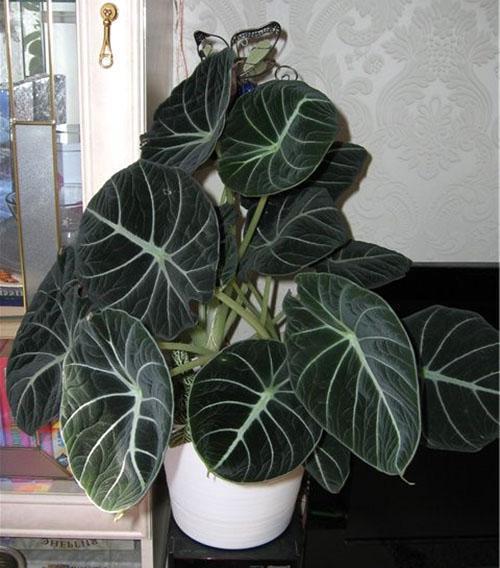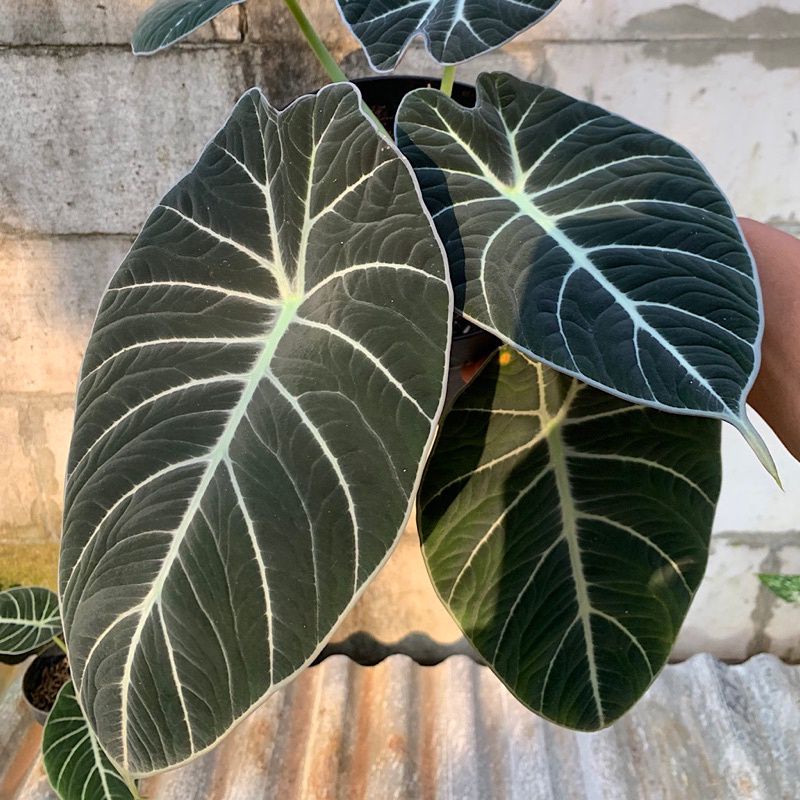Alocasia Black Velvet is a beautiful dark green plant that can add a touch of elegance to any garden.
It is also relatively easy to grow and care for, making it a great choice for beginner gardeners.
In this blog post, we will provide tips on how to grow and care for Alocasia black velvet, as well as some interesting facts about this plant.
We hope you find this information useful!
Table of Contents
Facts about Alocasia Black Velvet
| scientific name | Alocasia royal |
| common names | Alocasia Black Velvet |
| Family | aroid |
| plant type | Home plant |
| Height and width | 1.5 feet high and wide |
| Source | Southeast Asia |
| flower colors | Low maintenance, grows rhizomes, grows well in indirect light, and can withstand root binding. |
| foliage color | dark green |
| sun exposure | indirect sunlight |
| Soil type and pH | Well drained soil |
| Special features | Low maintenance, grows rhizomes, grows well in indirect light, can withstand root binding. |
Unlock the secrets to successful care for Alocasia Wentii: Click here to dive into our comprehensive guide and discover expert tips and tricks for nurturing this stunning plant.
How to Grow Alocasia Black Velvet
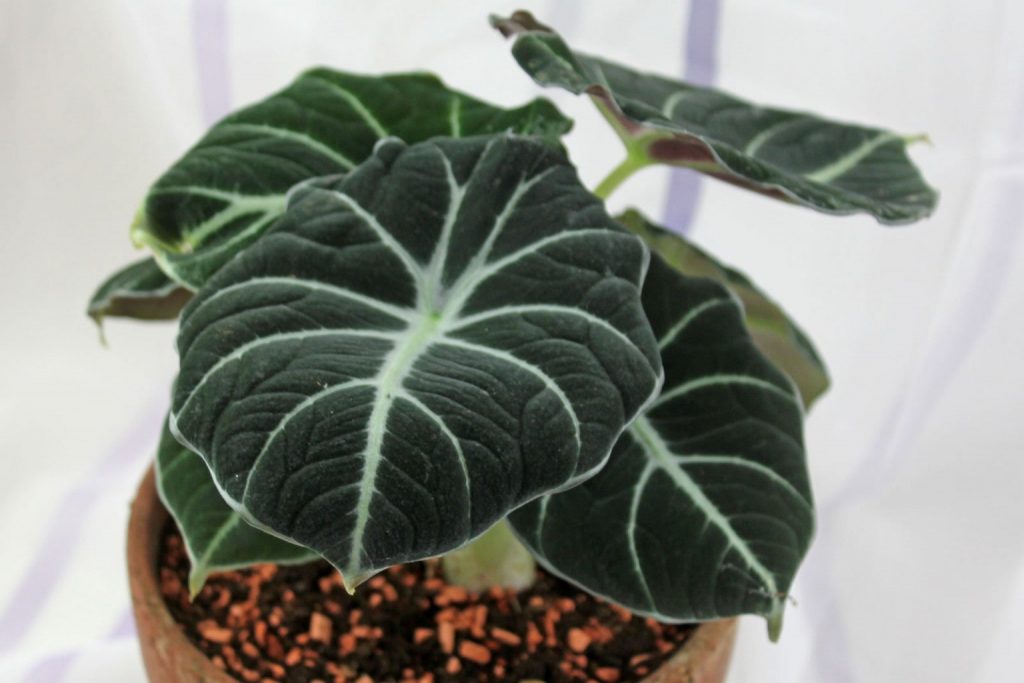
Alocasia Black Velvet (eng. Alocasia royal ) is an exotic-looking houseplant that is perfect for adding a touch of drama to any room.
Native to tropical Asia, this plant is characterized by glossy black leaves.
Although this plant may look fragile, it is actually quite easy to care for. Here are some tips for caring for Alocasia Black Velvet.
Spreading
Alocasia Black Velvet is easy to grow but difficult to propagate. The only way to propagate a plant is to propagate by rhizomes.
To propagate black velvet alocasia, simply dig up part of the rhizome, making sure it has a few buds or “eyes”.
With patience and care, you can easily increase your collection of Alocasia by propagating the plants yourself.
Soil
In terms of soil, Alocasia Black Velvet prefers rich, well-drained soil that is high in organic matter. The ideal potting mix for this plant would be two parts peat moss and one part perlite or coarse sand.
This mixture will help provide enough space for the roots to spread and good soil drainage.
When choosing a potting mix for alocasia, it is important to choose one that is well-drained and has a pH of 5.5 to 6.5. Pure peat moss or coconut coir are also good choices for potting mixes, as they help retain moisture without becoming waterlogged.
Pruning the Alocasia Black Velvet
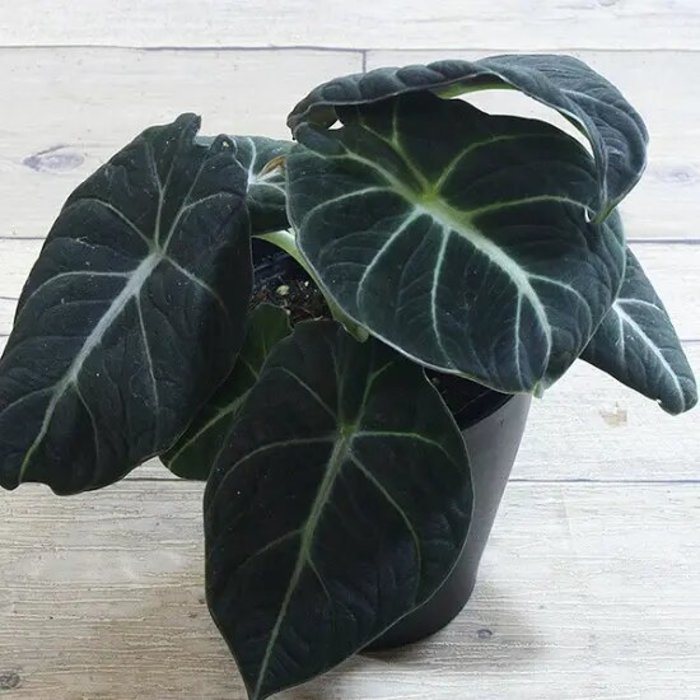
While it is relatively easy to care for, it is important to remember that it needs to be trimmed regularly. Regular pruning helps encourage new growth and helps the plant look its best.
When pruning, be sure to trim the stems by about one-third. Doing this will make the plant grow more and look bushier.
You can prune Alocasia Black Velvet throughout the year, but late winter or early spring is the best time for serious pruning.
Transplant
So far, Alocasia Black Velvet is a relatively easy-to-care plant that requires special attention when transplanting and transplanting. The first step is to choose the right soil mixture.
A well-draining mix containing peat moss and perlite will provide the perfect combination of moisture and aeration.
You can also use materials like orchid bark and sphagnum moss – just make sure they contain the nutrients your plant needs throughout the growing season.
Once you have your potting mix ready, it’s time to carefully remove the plant from the current pot. Be careful not to damage the roots as this can stress the plant and cause it to go into shock.
Once the plant is in its new pot, water it generously and place it in a warm spot with plenty of indirect sunlight.
How to Care for Alocasia Black Velvet
Alocasia Black Velvet is a beautiful plant that is easy to care for and grows quickly. Here’s what you need to know.

Watering
Be sure to water Alocasia Black Velvet regularly, as the plant does not tolerate dry conditions well. When watering, thoroughly moisten the soil and then let it dry out a bit before watering again. With proper care, alocasia can be a wonderful decoration for any garden.
It is important to remember that this plant does not like waterlogging, so water it regularly, but do not allow waterlogging of the soil.
If you notice that the leaves are starting to turn yellow or brown, this is a sign that the plant is getting too much water. Again, let the soil dry out a bit between waterings and your Alocasia Black Velvet should thrive.
Lighting
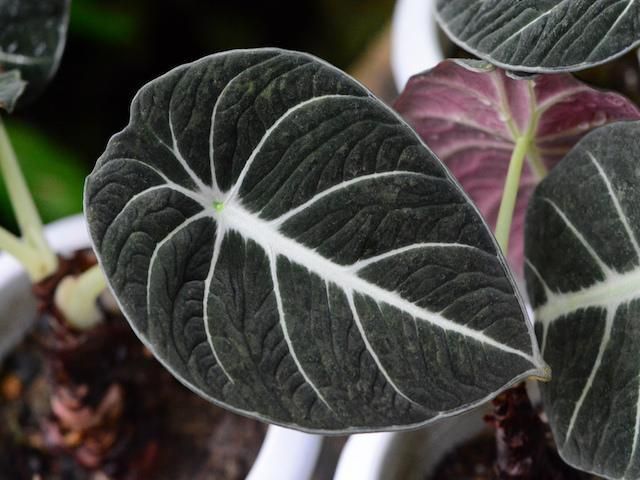
One of the key requirements for Alocasia Black Velvet is plenty of bright, indirect sunlight. These plants originated in the tropical forests of Southeast Asia, so they are used to living under the canopy of larger trees.
As a result, they do not tolerate direct sunlight well and burn quickly unless they are adequately protected from harsh sunlight.
When choosing a site for black velvet alocasia, look for an area that receives a lot of bright light but is not in full sun. This ensures that your plant gets the light it needs without being damaged by the sun.
Temperature and Humidity
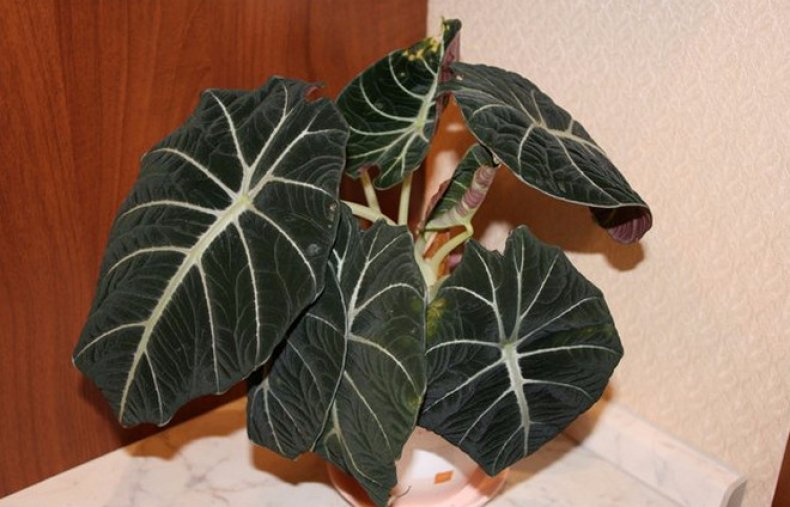
The ideal temperature for Alocasia Black Velvet is between 75 and 85 degrees Fahrenheit. The ideal humidity level is 80%, but the plant can tolerate drops as low as 60%. If the temperature or humidity level gets too high or too low, the leaves will begin to turn brown and the plant will become stressed.
As a result, it’s important to carefully monitor temperature and humidity levels to keep your Alocasia Black Velvet healthy and happy.
When it comes to these tropical houseplants, they have a few things in common: they need moisture and they need warmth. If you’re having trouble keeping tropical plants indoors, here are some tips to help increase the humidity and temperature around them.
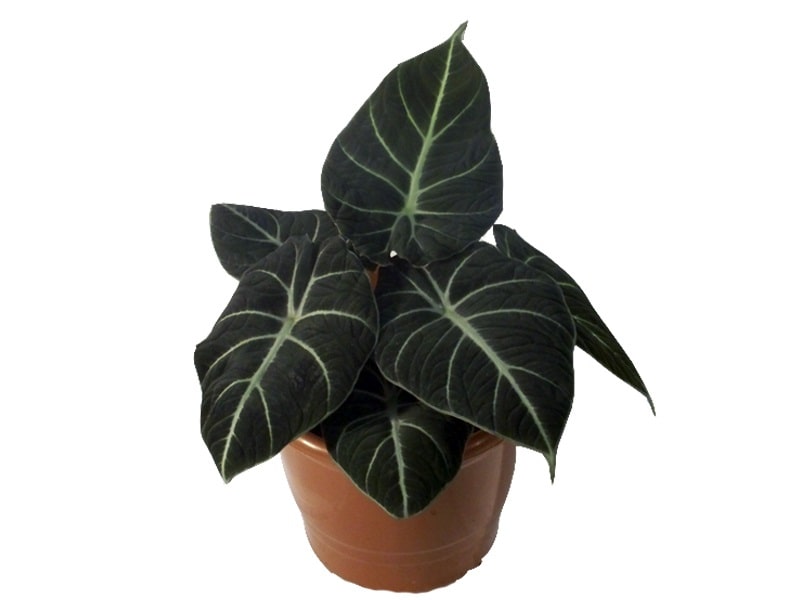
One easy way to increase humidity is to group plants together. The more plants you have in one area, the more moisture will be released into the air during evaporation. You can also try running a humidifier or placing a bowl of water next to your Alocasia Black Velvet plants.
Just remember to empty your bowl and refill it with fresh water every day to prevent bacteria from building up. Spraying a houseplant can also provide high humidity, as can placing it on a pebble tray.
As for warmth, if your home is cooler, you can try placing the plants near a heat source, such as a radiator or a sunny window. Just don’t give him too much sun.
Alocasia Black Velvet plants love bright indirect light, and too much sun can cause problems such as leaf curl and yellowing. Warmth is needed – too much sun – no.
Fertilizer
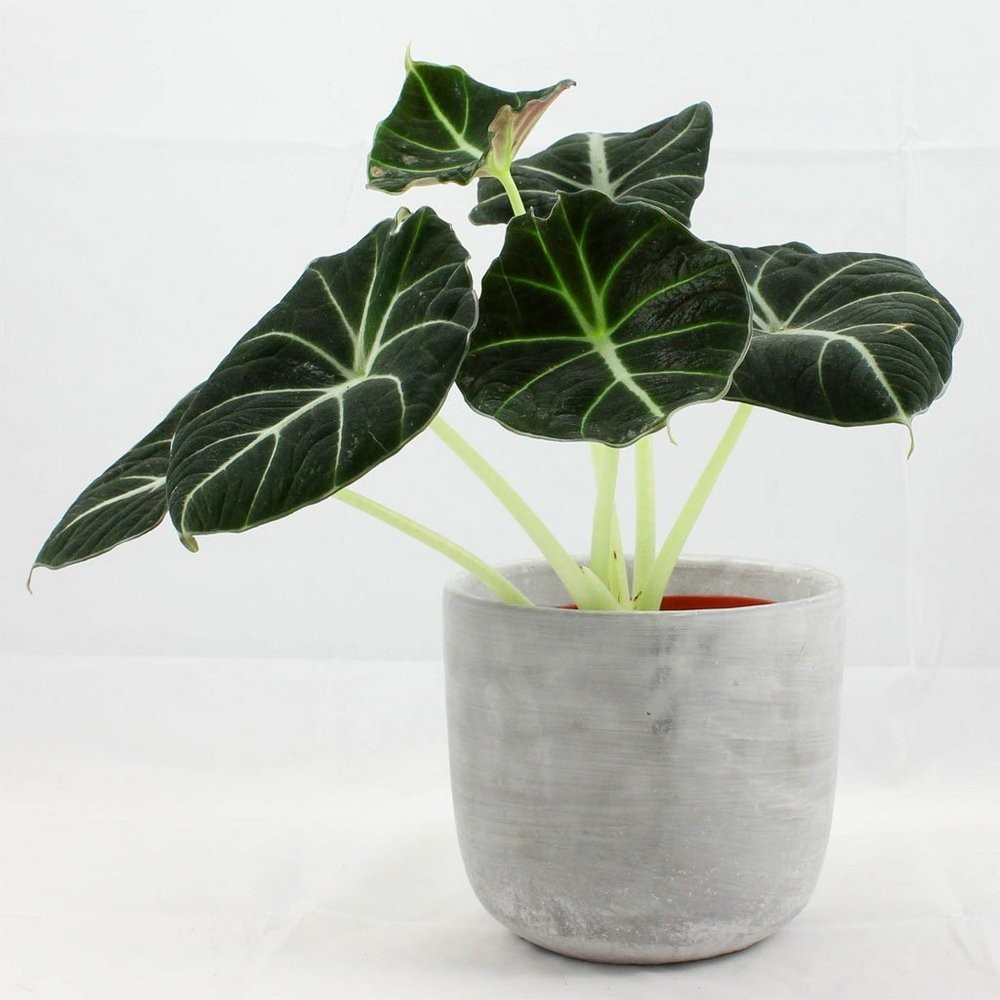
As for feeding, Alocasia Black Velvet plants should be fed every two months using a balanced all-purpose fertilizer.
Be sure to dilute the fertilizer by half before applying it, as too much fertilizer can burn the leaves. It is also important not to fertilize when the plant is dormant (usually in winter), as this can damage the roots. With a little care, your Alocasia Black Velvet plant will stay healthy and beautiful for years to come.
Pests and Diseases
The Alocasia Black Velvet plants can be susceptible to pests and diseases, most of which are common among all tropical houseplants you can grow indoors.
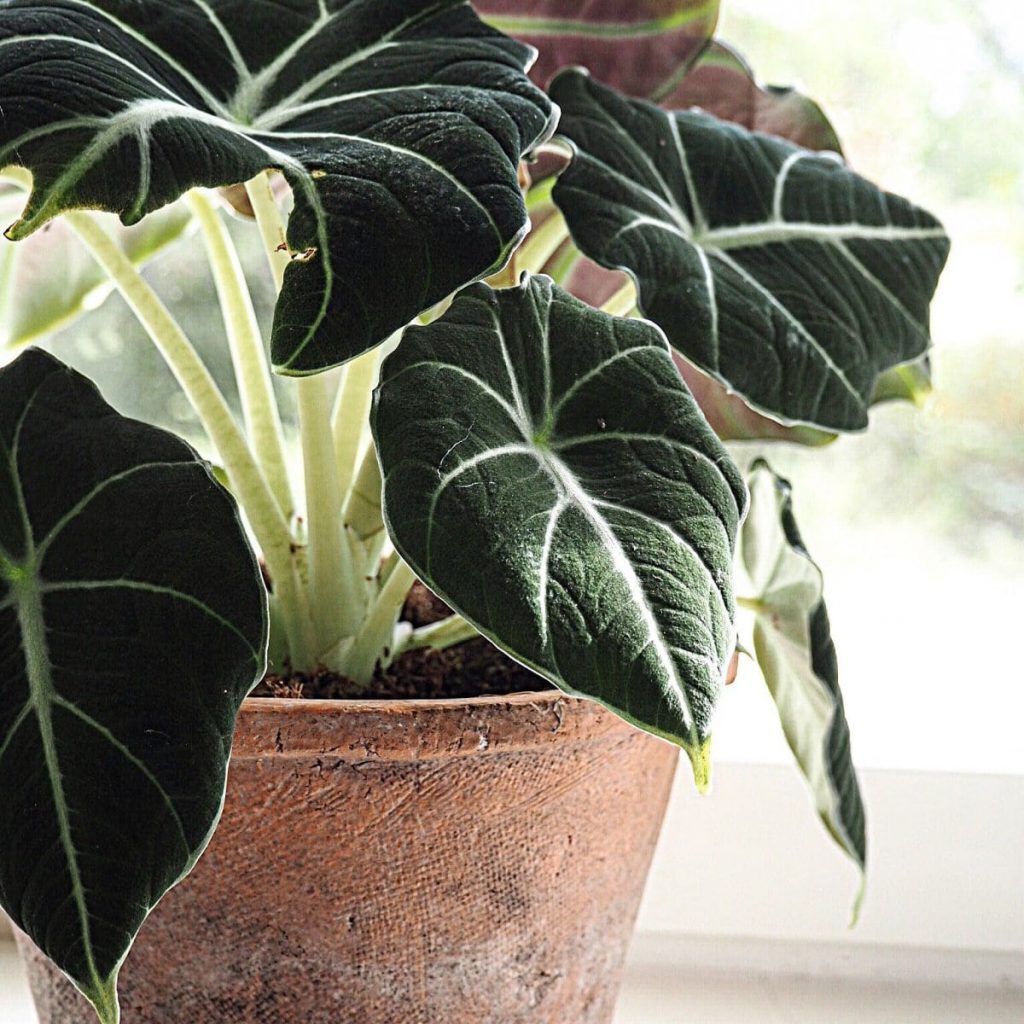
Root Rot
One common issue is root rot, often triggered by inadequate drainage or excessive watering.
This insidious disease can strike without warning, causing the plant to quickly wither and die. Root rot often results from overwatering, but can also be the result of prolonged exposure to damp soil.
One of the first signs of root rot is the yellowing or browning of the leaves. The leaves may also be wilted or drooping even when the soil is damp. If you suspect your plant has root rot, it is important to take action immediately.
The best way to treat root rot is to transplant the affected plant into fresh, well-drained soil. Be sure to remove as many old, diseased roots as possible.
Spider Mites
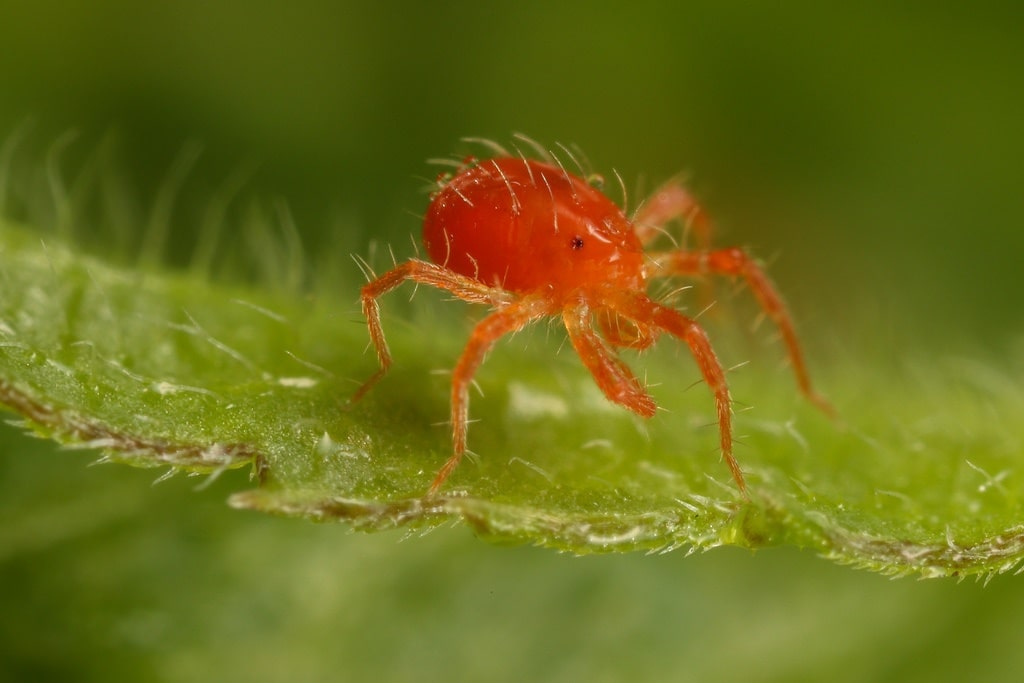
The Alocasia Black Velvet is susceptible to spider mite infestation. Spider mites can cause significant damage to the plant, and the infestation can quickly spread to other plants in the garden.
Symptoms of a spider mite infestation include yellow or brown leaf spots, stunted growth, and spider webs on the underside of leaves.
If you suspect that your Alocasia Black Velvet has been infested with spider mites, it is important to take immediate action.
Remove any affected leaves and discard them. sprayed the plant with an insecticide designed to kill spider mites. You may also need to work the soil around the plant to prevent the mites from returning.
Mealybugs and Aphids
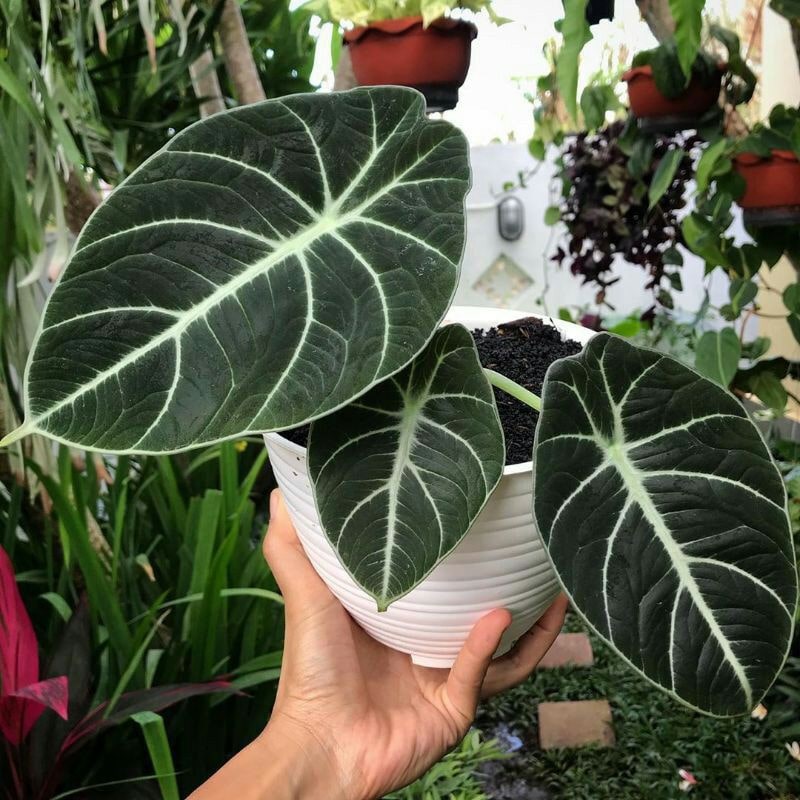
The Alocasia Black Velvet plants are also susceptible to mealybugs and aphids, which can attack the leaves and cause damage. If you notice any pests on your plant, it is important to treat them immediately with an insecticidal soap or similar product.
By properly caring for your Alocasia Black Velvet plant, you can enjoy its beauty for many years to come.
Conclusion
Alocasia Black Velvet is the perfect addition to any home. This plant not only possesses striking black leaves but is also renowned for its effortless maintenance. The plant does best in bright indirect light and should be watered regularly to keep the soil moist.
Alocasia Black Velvet is famous for its air-purifying qualities as well. It grows quickly and produces large amounts of oxygen, making it an ideal plant for bedrooms and other small spaces.
In addition, the plant is known to be very efficient at absorbing toxins such as formaldehyde and benzene.
For these reasons, this Alocasia Black Velvet plant is an excellent choice for those looking for a low-maintenance air-purifying plant. Now that you know how to grow it, there’s no reason not to start today!
Click here to explore our complete guide on caring for Alocasia Wentii and discover valuable insights for its care.

